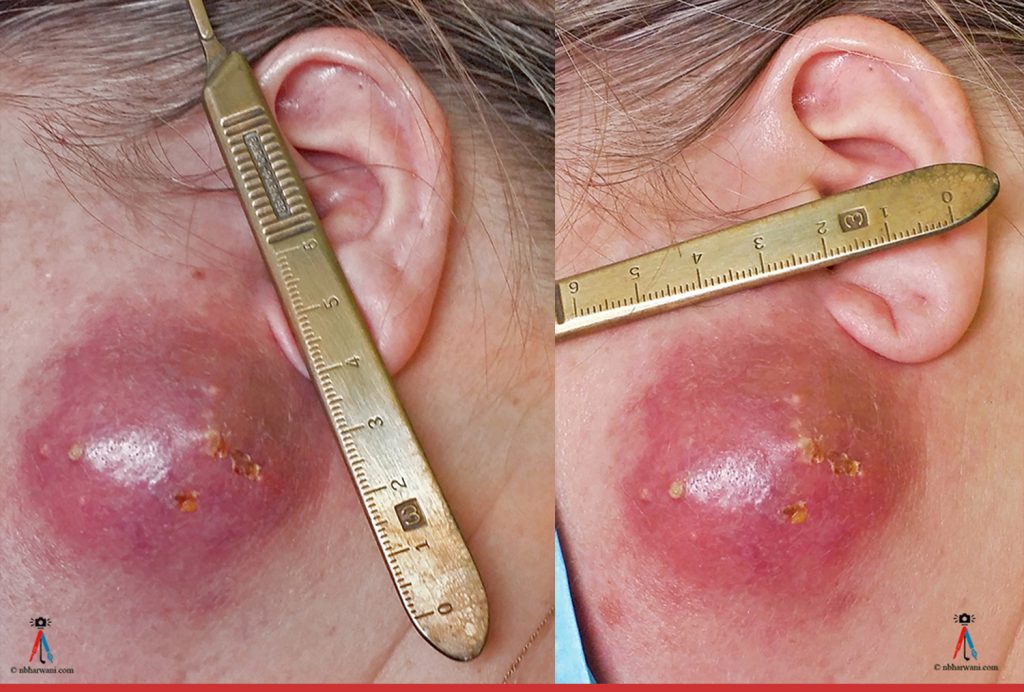Majority of the Canadians have had one or two shots of COVID-19 vaccine.
As we know vaccination protects us from getting seriously ill and dying from COVID-19.
For two-dose vaccines, both doses are needed to achieve the highest level of immunity. This high level of protection is achieved two weeks after the second dose.
Common question is – Can we stop taking precautions after receiving two doses of vaccine?
No, you cannot. No vaccine is 100 per cent effective and breakthrough infections are expected.
Evidence shows COVID-19 vaccine will protect you from serious illness and death but there are exceptions to the rule. You cannot lower your guard. Public health officials are calling for more mask-wearing. There is clear evidence that breakthrough COVID-19 infections can occur in people who are fully vaccinated. This is particularly true with various kinds of emerging variants.
COVID-19 booster shots
Recently, U.S. has announced it will offer third shot of COVID-19 vaccine in September to boost up protection against more transmissible variants.
Americans will be eligible to receive a third shot of the Pfizer or Moderna vaccines eight months after receiving their second dose. Why? They noted that COVID-19 vaccines are still highly effective, but their protection against infection appears to be waning as time goes by. According to President Joe Biden, this is the best way to protect ourselves from new variants that could arise.
As of August 15, Israel reported 31 per cent rise in severe or critical COVID-19 cases. Nearly three in five of those patients were fully vaccinated. That country is now offering booster shots to people over age 50. Germany and France recently authorized booster shots for the elderly and vulnerable. Health officials in Canada, meanwhile, have yet to authorize a third dose for the immunocompromised.
A study in Israel has shown third dose of Pfizer’s COVID-19 vaccine has significantly improved protection from infection and serious illness among people aged 60 and older.
One study published in the Centers for Diseases Control and Prevention weekly report (August 27, 2021) found the protection against infection offered by the Pfizer and Moderna vaccines dropped from 74 per cent in the spring to 53 per cent this summer.
A New York study showed people who received the Johnson & Johnson vaccine likewise reported a drop in protection against lab-confirmed infection from 92 per cent in early May to 80 per cent in late July.
Where does Canada stand on booster shots?
Health Canada has not authorized a three-dose regimen for any of the COVID-19 vaccines.
Canada’s National Advisory Committee on Immunization has not yet made a formal recommendation on COVID-19 booster shots.
Ontario is going to offer third dose of vaccine to individuals whose immune systems are compromised and for individuals in high-risk retirement homes.
Many experts feel third dose should be offered to venerable people only. Not to the general public. In Canada, it would be premature to offer third shot to the general population. The aim should be to improve overall vaccine uptake. That would offer greater community protection than giving third booster shots to vaccinated healthy people.
I am sure vaccine experts and people helping governments make vaccine decisions are struggling with this question: Is it ethical for rich countries to offer third dose of vaccine to their citizens while the poor countries are waiting to get vaccines for their people? What do you think?
Take care. Be safe. Besides being fully vaccinated, wearing a mask and washing your hands regularly continues to be important.
Start reading the preview of my book A Doctor's Journey for free on Amazon. Available on Kindle for $2.99!



